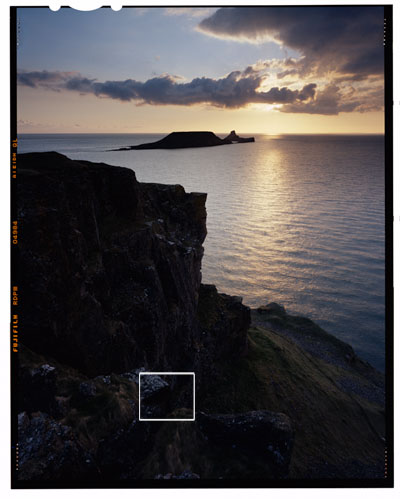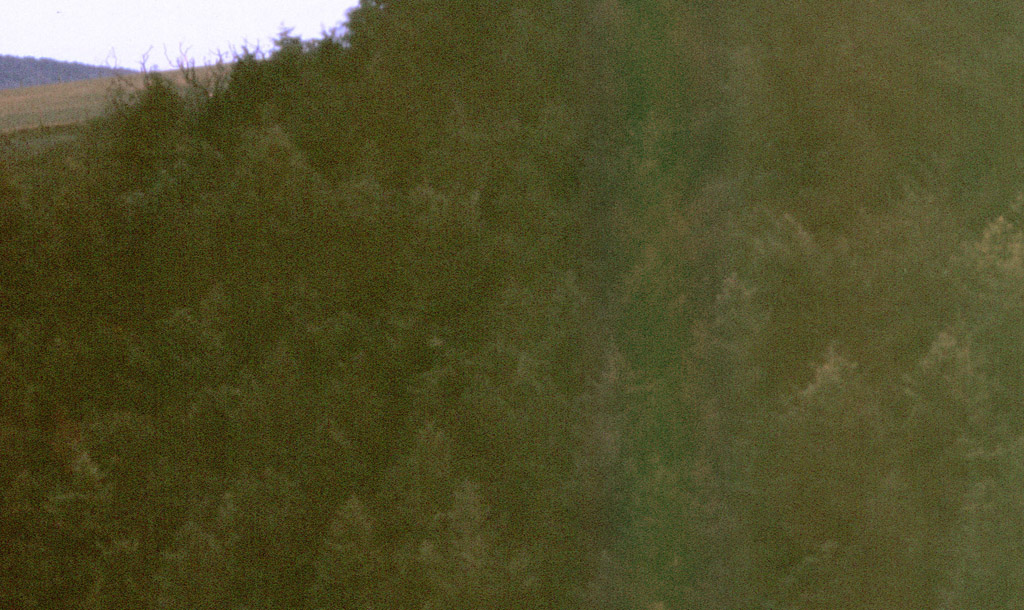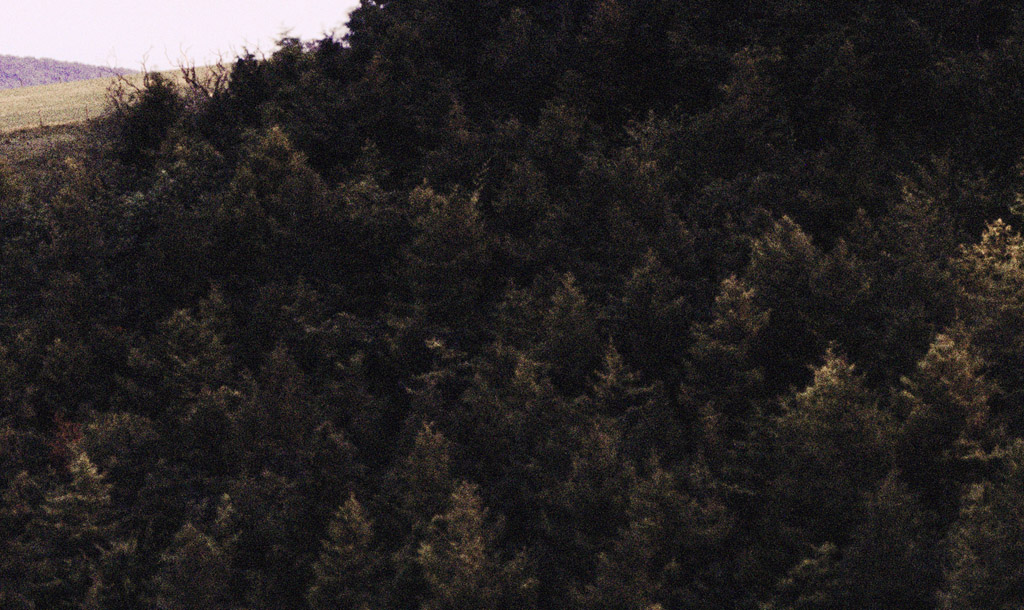
Shadows
One of the main advantages of a drum scan of transparency film is it’s ability to reproduce noise free detail out of the deepest shadows. Most cheap (and some not so cheap) scanners cannot access the very darkest parts of a transparency (especially a dense film type such as Velvia). The detail cheaper scanners can get out of dark film is often compromised in terms of colour and also can have a substantial amount of noise. This noise that is introduced is even more damaging in that it is often irregular in nature and can’t be removed by standard noise reduction software (i.e. pattern noise).
The Heidelberg scanners that we use can get some of the cleanest shadows we have seen out of all of our tests. This is a due to a combination of factors. Firstly the lamps used are specially cooled airport runway lamps. These are incredibly bright and can see into the very darkest areas of film.
The scanner uses photomultipliers to detect light. These are the same devices used in night vision goggles and will pick up very low levels of light.
On top of this, the Heidelberg has some of the very best electrical noise suppression systems. Circuit boards and wiring are shielded from electromagentic interference and the end results from the scanner are beautifully smooth shadow detail that can take amazing levels of shadow recovery.
Not only are the shadows very smooth and noise free but unlike their competitors, they also retain their colour.
Here is a comparison between various flatbed, virtual drum and drum scanners taken from a Provia 5×4 transparency. First a frame to show the overall slide and the area of crop and then the samples. Note the detail, noise and colour reproduction in the darkest areas. (below this we include another example)
To really show how much extra you can get out of a transparency from our Heidelberg drum scanner here’s a sample of our multi scanned Epson V750 on a particularly underexposed transparency.
And here is the same area scanned on our Heidelberg Primescan 8400




